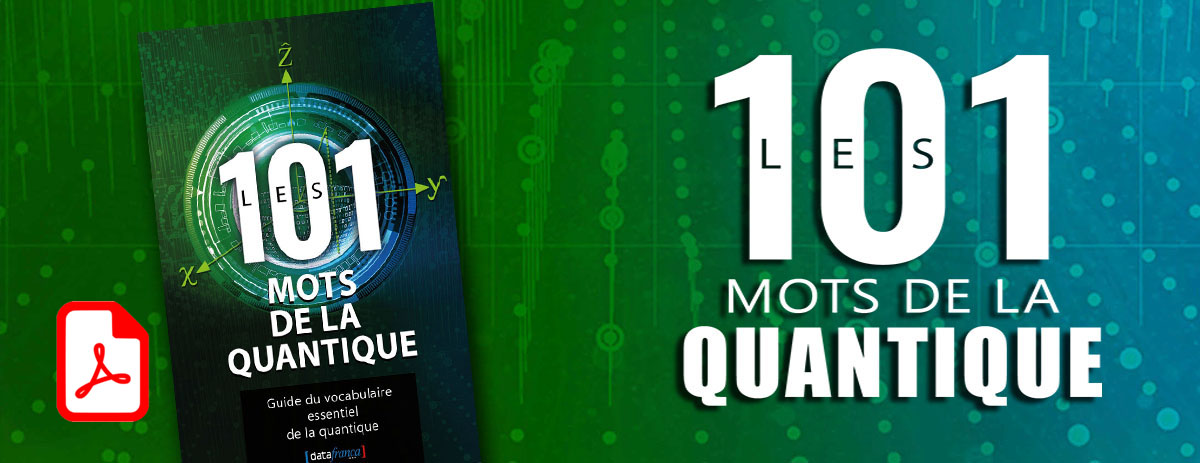« Partitionnement spectral » : différence entre les versions
(Page créée avec « ==en construction== == Définition == XXXXXXXXX == Français == ''' XXXXXXXXX ''' == Anglais == ''' Spectral Clustering''' The maximum a posteriori estimation, also kn... ») |
m (Remplacement de texte — « DeepAI.org ] » par « DeepAI.org ] Catégorie:DeepAI.org ») |
||
| Ligne 21 : | Ligne 21 : | ||
[https://deepai.org/machine-learning-glossary-and-terms/maximum-a-posteriori-estimation Source : DeepAI.org ] | [https://deepai.org/machine-learning-glossary-and-terms/maximum-a-posteriori-estimation Source : DeepAI.org ] | ||
[[Catégorie:DeepAI.org]] | |||
[[Catégorie:vocabulary]] | [[Catégorie:vocabulary]] | ||
Version du 15 décembre 2020 à 18:11
en construction
Définition
XXXXXXXXX
Français
XXXXXXXXX
Anglais
Spectral Clustering
The maximum a posteriori estimation, also known as a MAP estimate, is the mode (most frequent value) of a statistical distribution. In terms of a classification problem, this value would represent the most probable class label for a given piece of data.
This definition is an oversimplification of the concept because it does not address the most common application. In general, when we look for the MAP estimation, we are assessing continuous functions that discretely we may not have enough data to fully represent. Thus, we start to look at distributions and probabilities with random variables. The MAP estimation becomes more of a most probable estimate rather than a concrete answer. For example, when we look at classifying objects, the MAP estimate would give us the most probable class of an object based off of the observable data as well as any prior belief/information.
Contributeurs: Isaline Hodecent, wiki










